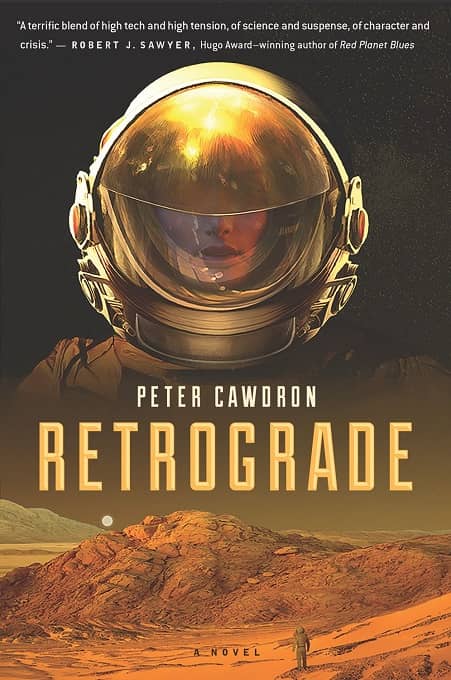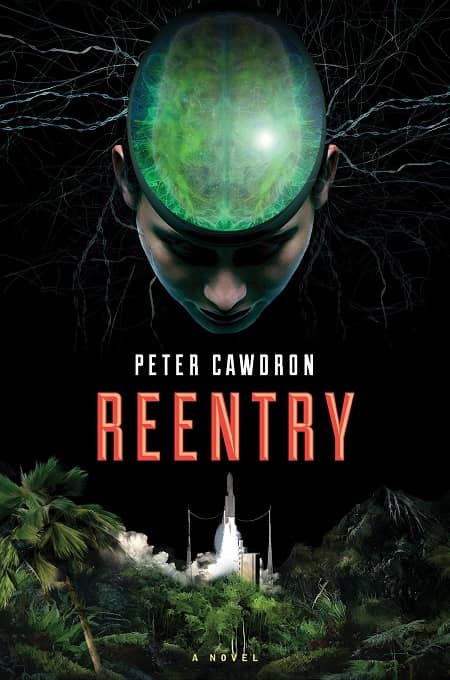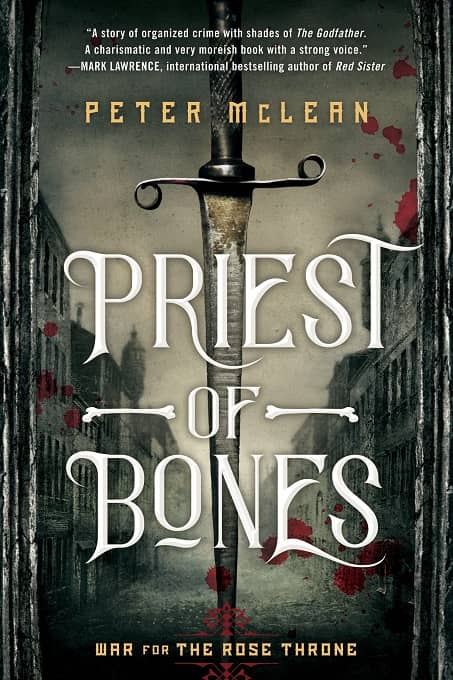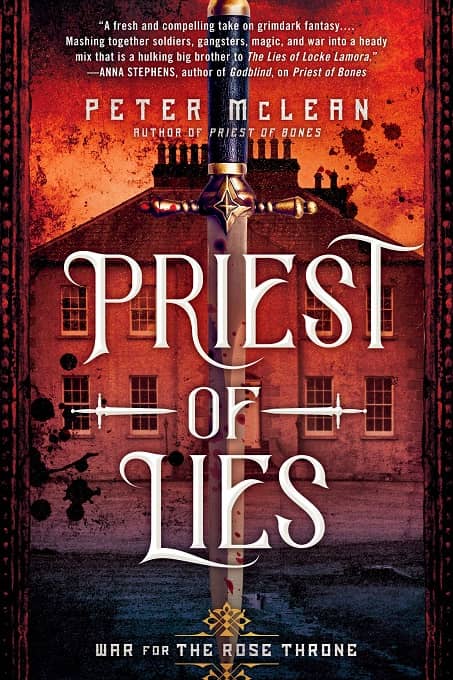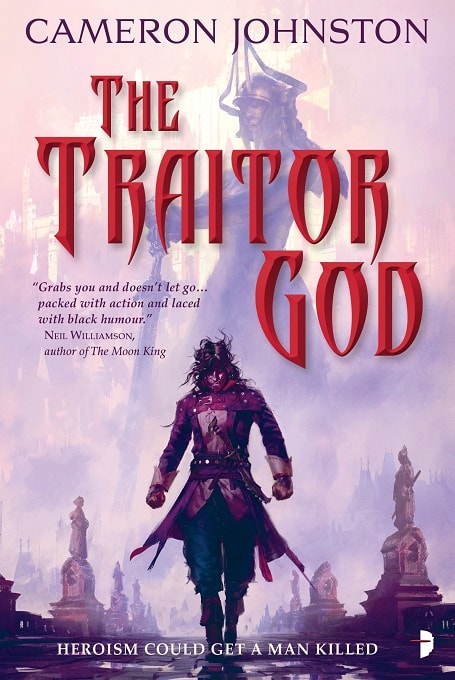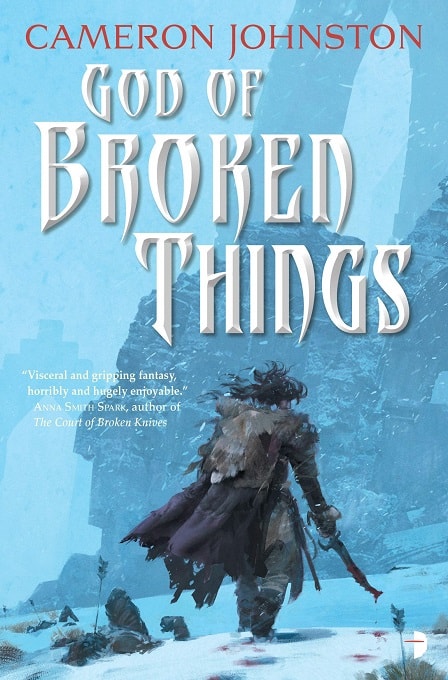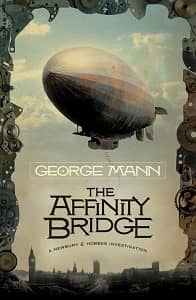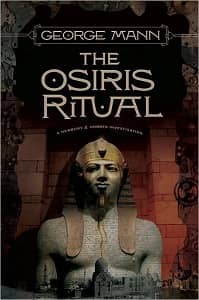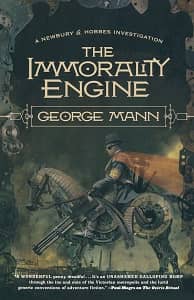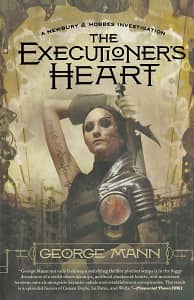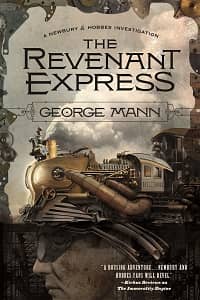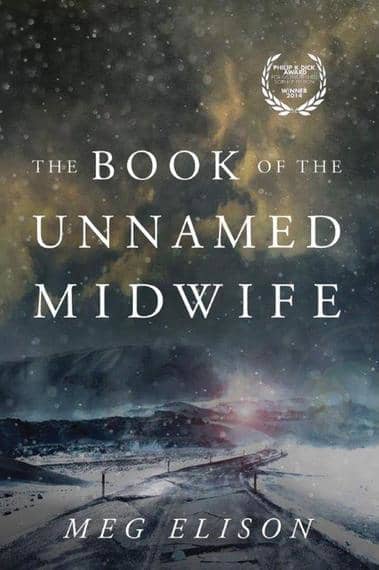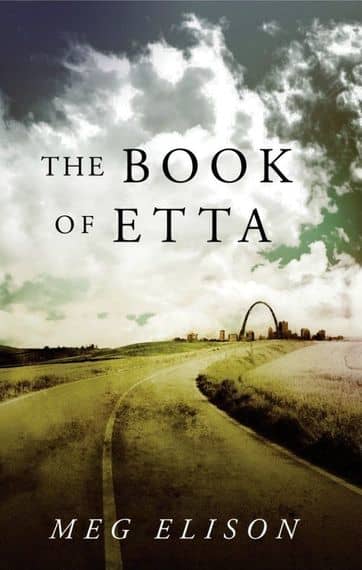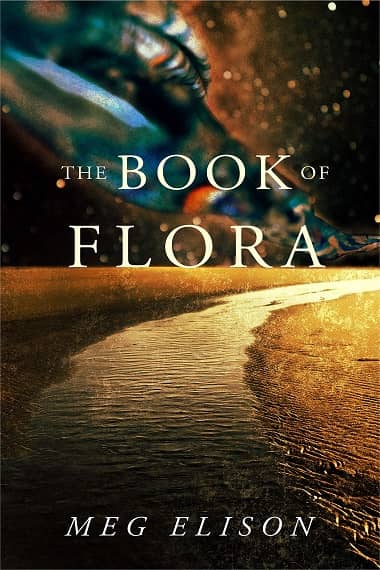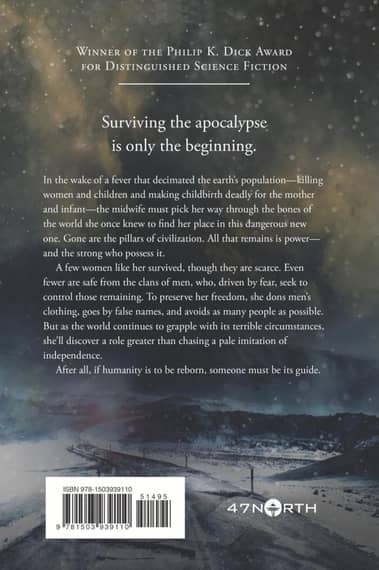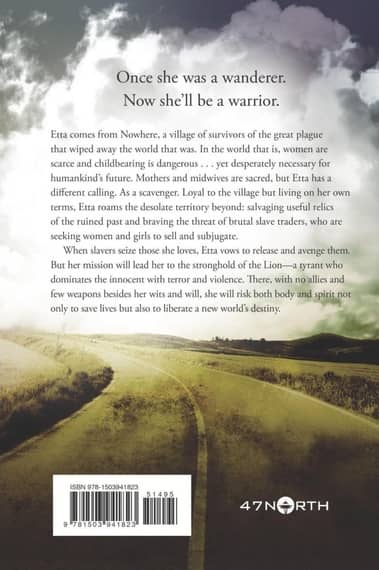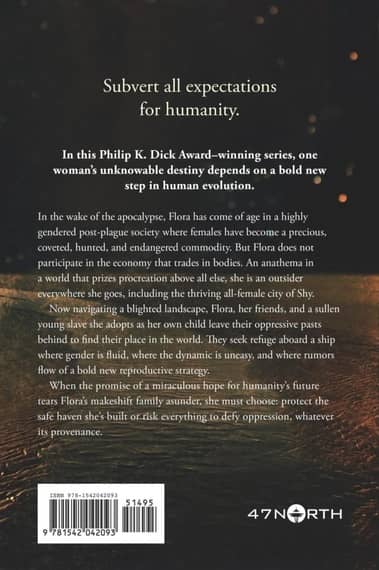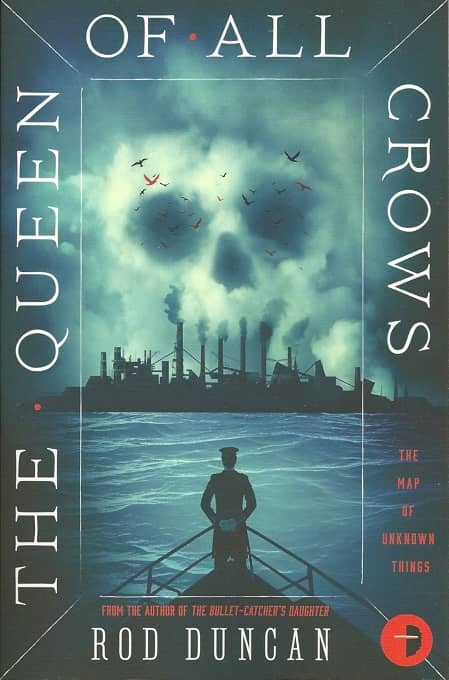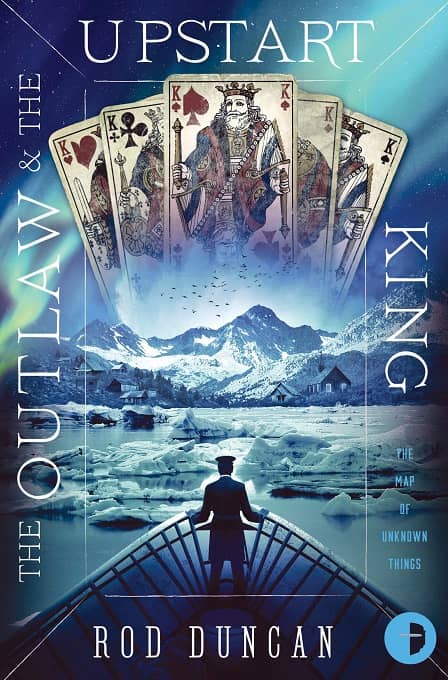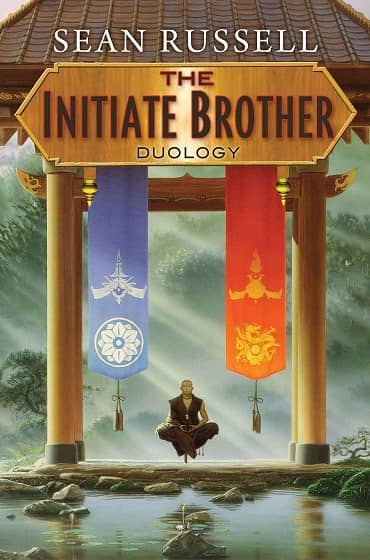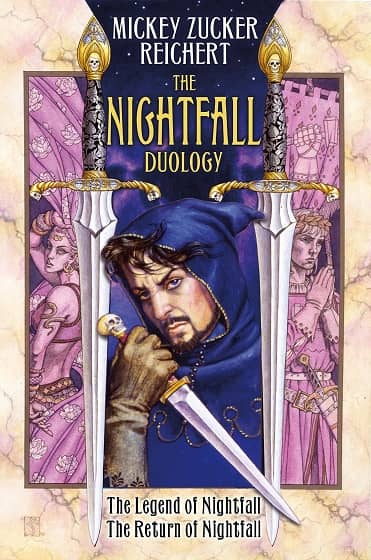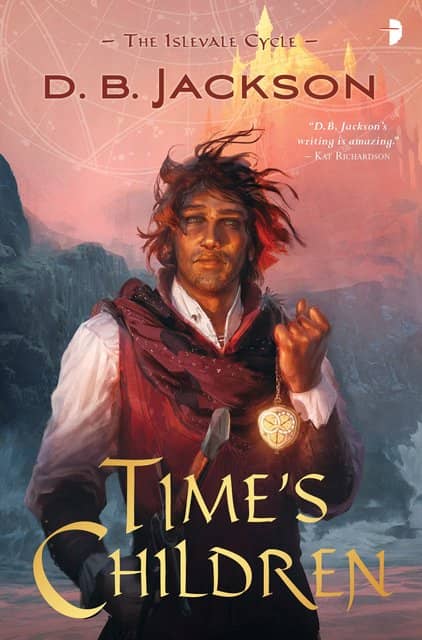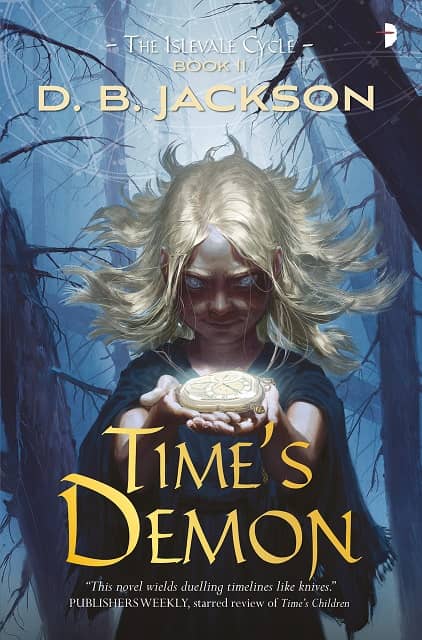Future Treasures: Howling Dark by Christopher Ruocchio
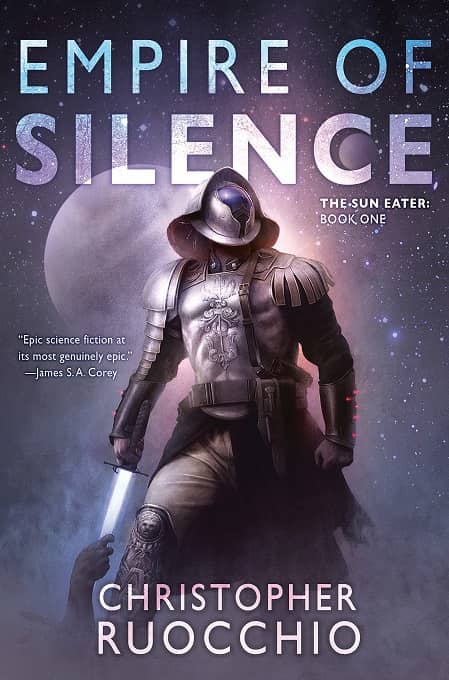 |
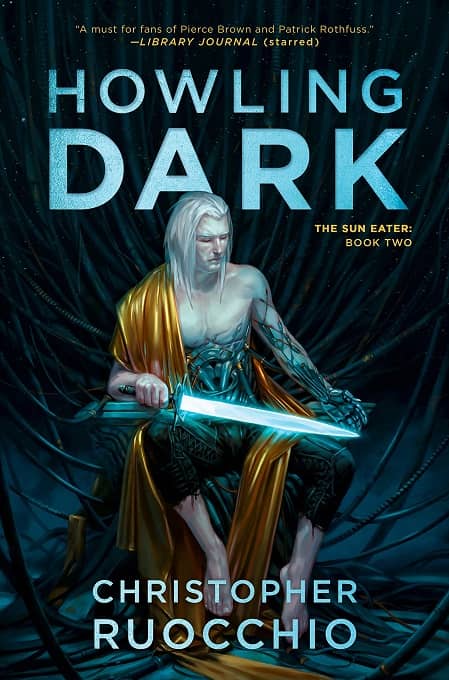 |
I first noticed Christopher Ruocchio last year, when he showed up as co-editor of a couple of the better Baen anthologies, Star Destroyers (co edited with Tony Daniel) and Space Pioneers (with the man himself, the great Hank Davis). Neither of those books, excellent as they were, prepared me for his debut novel, Empire of Silence, the opening volume in the epic Sun Eater space opera, which Library Journal called a “wow book… stretched across a vast array of planets,” and which my buddy Eric Flint called “epic-scale space opera in the tradition of Iain M. Banks and Frank Herbert’s Dune.” I’ve been looking forward to the follow up volume impatiently, and was surprised and delighted to receive a review copy last week. It will be published in hardcover by DAW in two weeks. Here’s the publisher’s blurb.
Hadrian Marlowe is lost.
For half a century, he has searched the farther suns for the lost planet of Vorgossos, hoping to find a way to contact the elusive alien Cielcin. He has not succeeded, and for years has wandered among the barbarian Normans as captain of a band of mercenaries.
Determined to make peace and bring an end to nearly four hundred years of war, Hadrian must venture beyond the security of the Sollan Empire and among the Extrasolarians who dwell between the stars. There, he will face not only the aliens he has come to offer peace, but contend with creatures that once were human, with traitors in his midst, and with a meeting that will bring him face to face with no less than the oldest enemy of mankind.
If he succeeds, he will usher in a peace unlike any in recorded history. If he fails… the galaxy will burn.
Howling Dark will be published by DAW Books on July 16, 2019. It is 679 pages, priced at $27 in hardcover and $12.99 in digital formats. The cover is by Kieran Yanner. See all our recent coverage of the best in upcoming fantasy and SF here.
